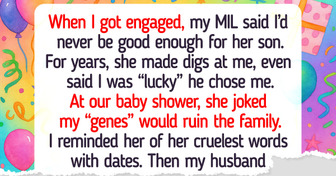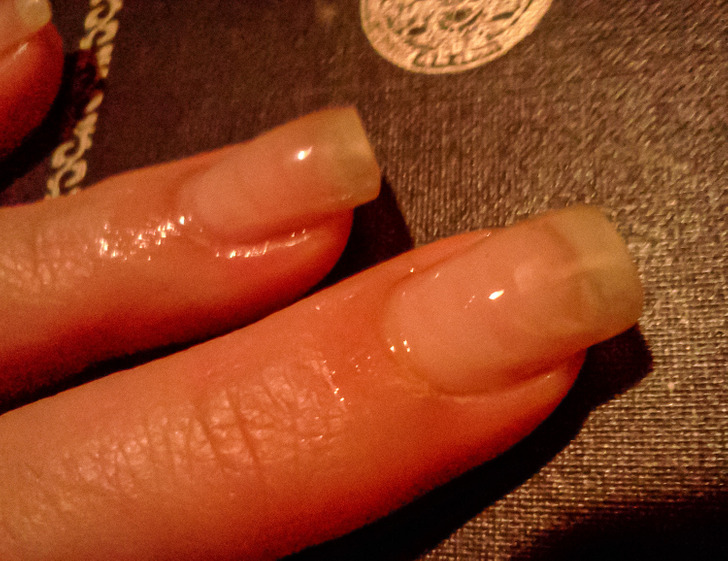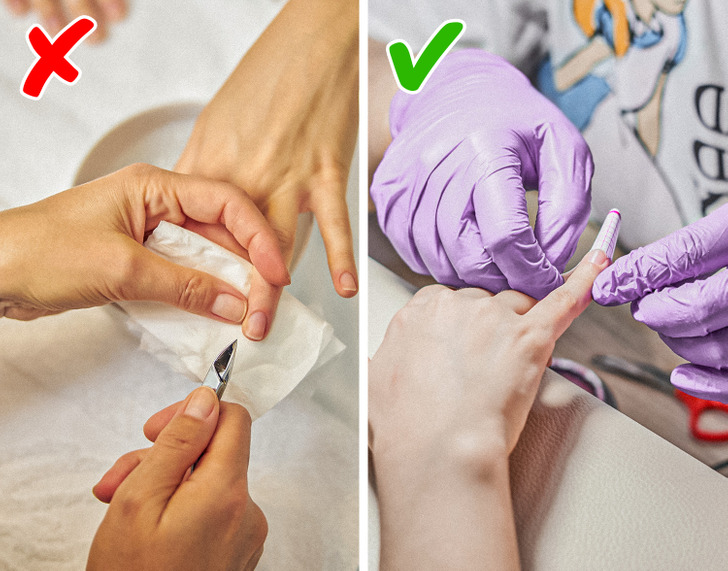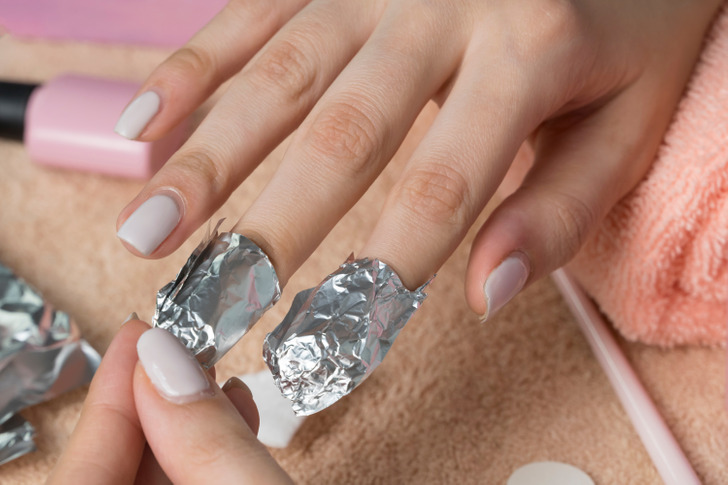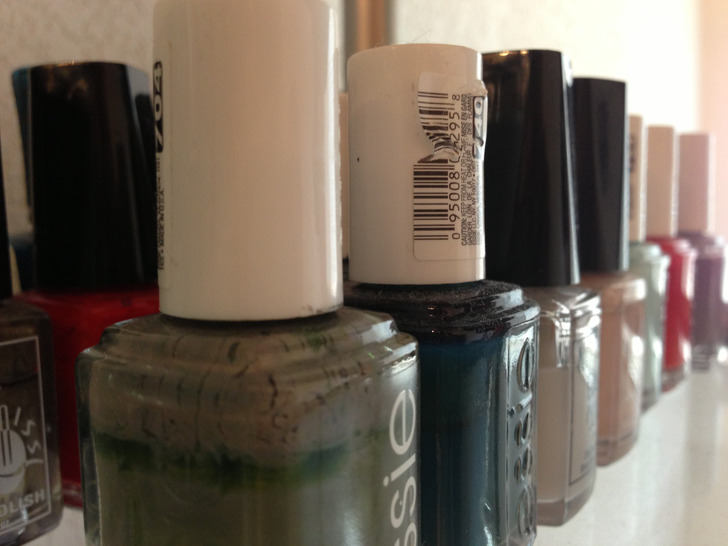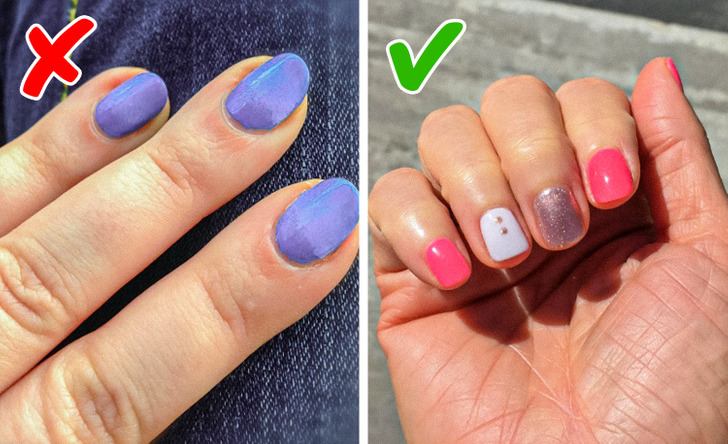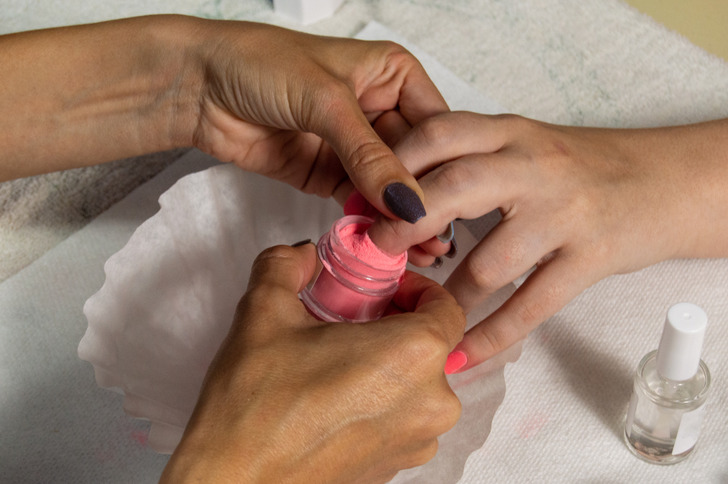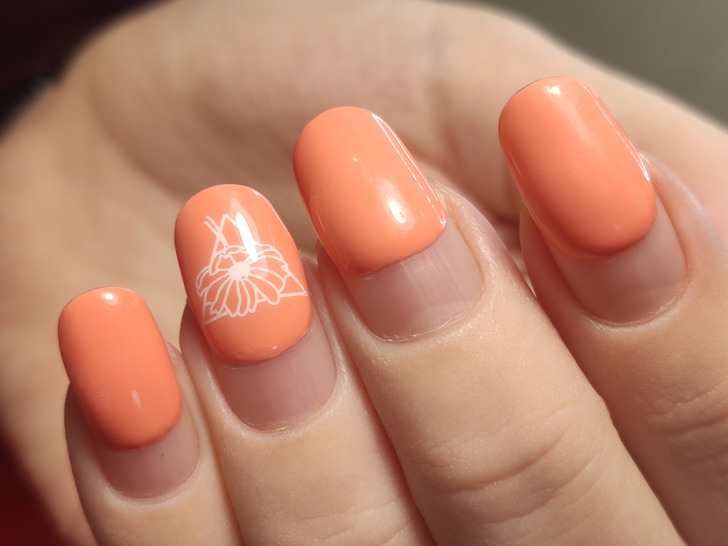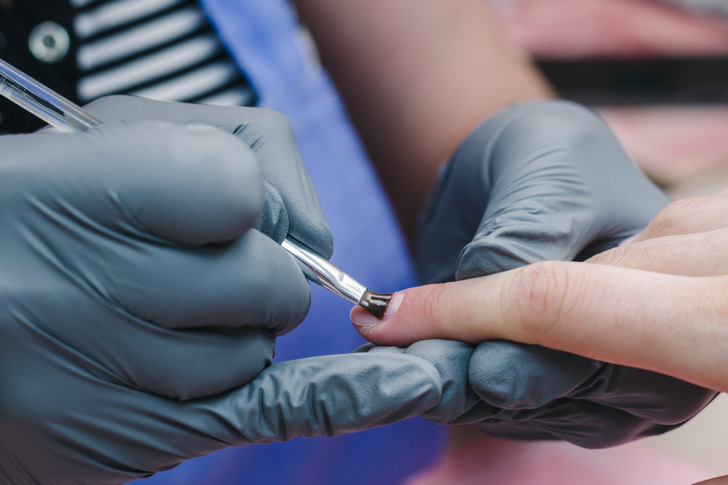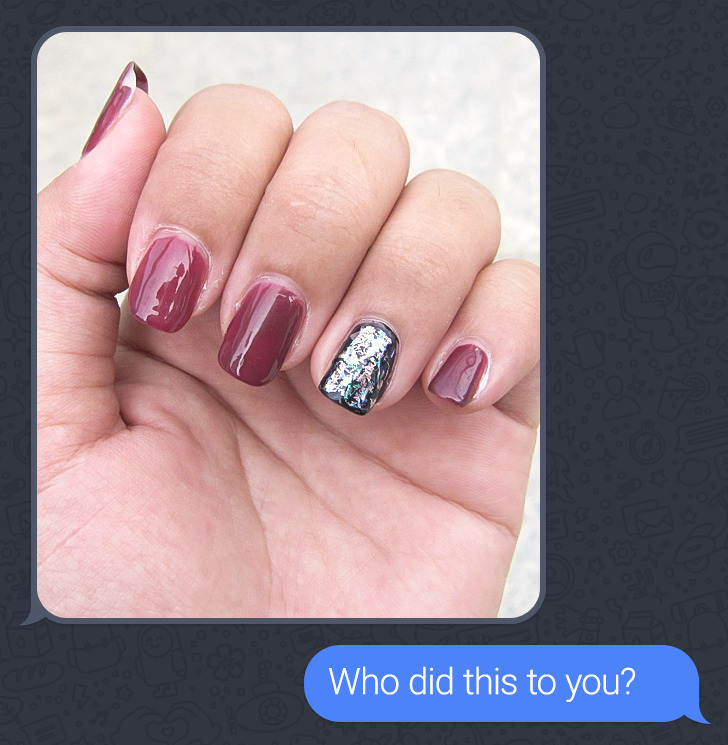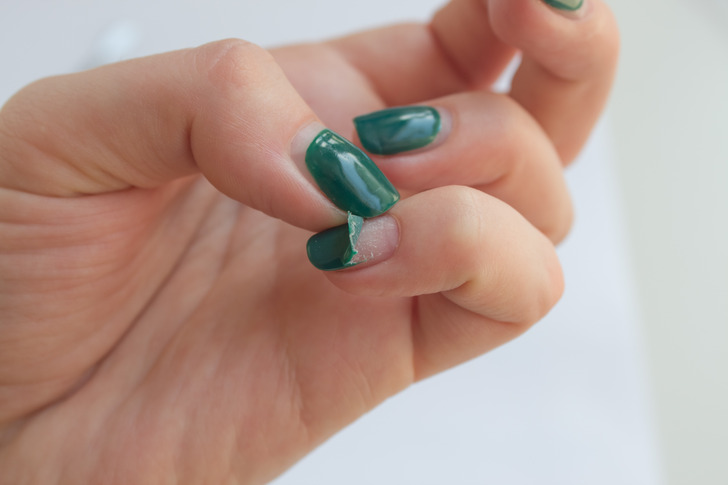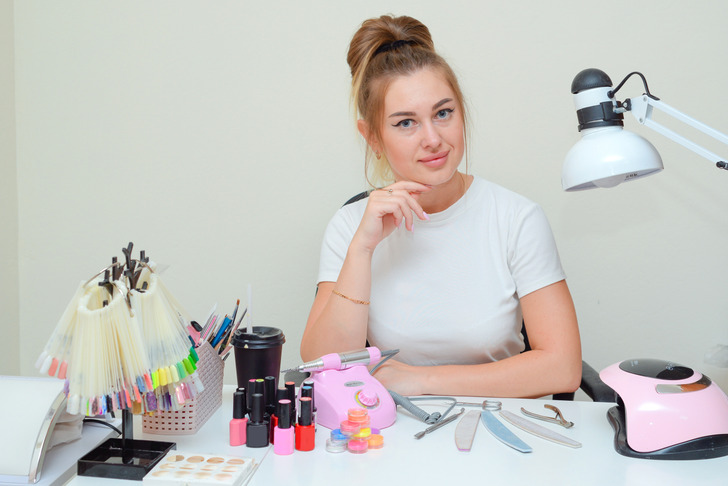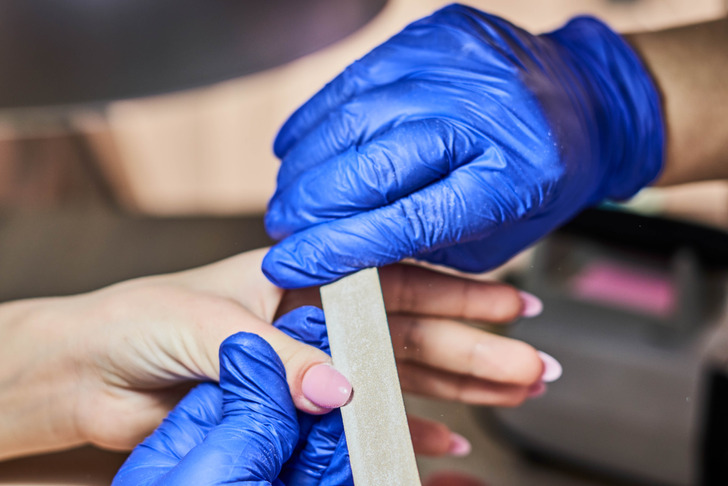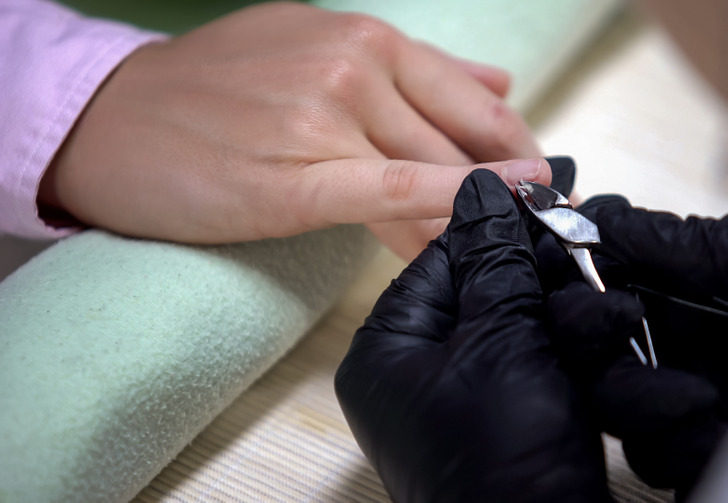I been doing nails since 1997 and I don't agree with 13 things you need to look at to see if you're nail tech is good or professional. First it is very difficult to keep your nails well manicured if you're a busy nail tech you will barely have time to do your own nails. Second I wear gloves for pedicures but not manicures because it's very difficult to control the implements with gloves on I wash my hands before and after all clients.and mask I wear when I'm drilling acrylic or dip but not when I'm doing taking off top coat gel polish or top coat off dip . But no mask for pedicures.
13 Things That Signify You Should Avoid Your Nail Technician
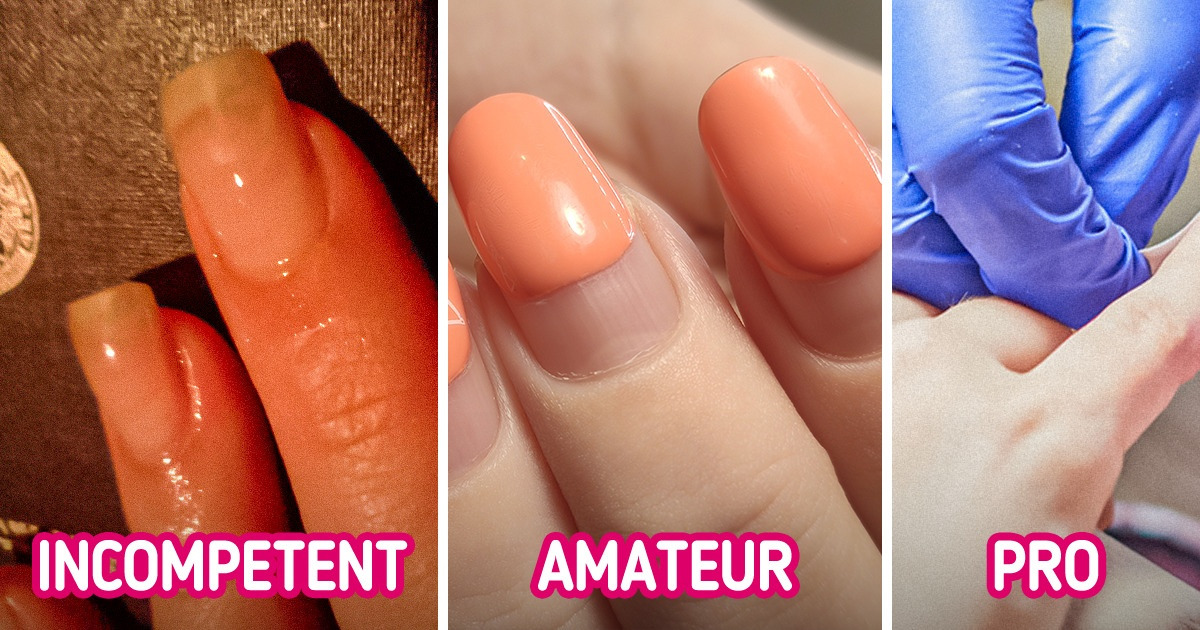
Many of us don’t like to do our nails at home. It’s so much easier to pay a visit to a professional nail technician who will do the perfect manicure, and you won’t have to worry that the nail polish will chip off or that your nails will be filed incorrectly. Unfortunately, not all nail technicians are real professionals, and you can end up with results that will truly disappoint you.
In this article by Bright Side, we decided to find out what things you should pay attention to in order to understand that certain nail technicians should be avoided.
They use too much cuticle oil.
When used in small amounts, cuticle oil helps soften and protect the thin skin around your fingernails. But if you use too much of it, the effect will be opposite — the skin will get used to it and become even drier than it’s been before. So, a small drop of oil is more than enough.
They are not wearing a mask and gloves.
Nail technicians spend their days touching the skin of many hands and feet. Make sure your technician puts on a pair of disposable gloves before they start working with your hands. Otherwise, they can transfer germs or infections onto you.
Besides, a manicure implies the usage of toxic chemicals. A good beauty parlor is usually equipped with an air extraction system, while a nail technician should wear a mask at work. This way, they show that they want to take care of their own health as well as yours.
They will require payment for the old nail polish removal without letting you know about it in advance.
According to some customers, many nail parlors remove old nail polish (including gel polish) free of charge. As a rule, nail polish removal is already included in the manicure price. But in some places, they may ask you to pay more at check-out. If you don’t want unpleasant surprises, it’s always a good idea to ask beforehand whether nail polish removal is included in the manicure price.
They save on instruments and materials used.
Simple disposable nail files, for example, are pretty cheap, but they can damage your nails. Even with the first filing, they begin to chip and gouge your nails, getting worse with each subsequent filing as the glued-on texture begins to unglue. So, make sure to pay attention to the condition of nail files in the parlor.
Some technicians may also use acetone to thin out thickening lacquer. Acetone breaks down the formula and ruins your nail polish, thus this method is only good for short-term results. Your technician shouldn’t be using old or expired products — check to make sure they don’t look too thick and don’t have the specific smell of acetone.
Their nails don’t look well-groomed.
Pay attention to the nails of the technician: many professionals prefer to do their nails themselves, so you can assess their skills by the condition of their own nails. If their nails are covered with gel polish, look to see how neat their manicure is, whether their nail polish is overgrown, and the condition their cuticles are in. If the technician’s hands are well-groomed, they are likely to take good care of your nails.
They dip your nails into the powder.
If your nail design includes powder application, make sure your technician doesn’t dip your nails into the powder but paints the product on your nails. Keep in mind that there were other clients before you, and if their nails were also dipped into the container with powder, there could be germs and bacteria inside.
They let their clients go too long between the services.
They use the same base coat on all types of nails.
There are different kinds of base coats, and they all have different purposes. Weak and splitting nails, for example, require a different base coat than healthy and strong nails do. And a professional technician knows this.
They criticize the work of other technicians and the state of their client’s nails.
It’s unlikely that anyone will enjoy hearing, “Who did this to your nails?” from the technician they’ve come to because no one likes when their choices are criticized. It’s even more impolite if the technician comments on the state of their client’s nails, like their length or quality. Most likely, these clients will be very unhappy.
They refuse to correct their mistakes.
According to a nail technician, a parlor that values its reputation will try to correct the problem service with either another technician or a refund on the service within reason. If a parlor refuses to correct their mistakes, like chipped off gel polish, most likely they have an insufficient level of customer service.
They are not well informed and refuse to answer your questions.
A real professional can easily answer all your questions. Don’t be shy to ask them about the procedure, gel polish brands, or sterilization of instruments.
They are using the wrong nail file.
Just like with top coats, you can’t use the same nail file on different types of fingernails. Files come in various grits ranging from ultra-fine to super coarse. This is why it’s important to use the right one: ultra-fine files work best on natural nails while coarse files are suitable only for artificial nails.
They cut your cuticles.
Dermatologists don’t recommend cutting the cuticles because this can lead to infection and irritation. Instead of cutting your cuticle, a technician should use a cuticle remover to soften them, and then gently push them back. The only time they can use a nipper is if you have a hangnail. In this case, the hangnail should be gently nipped, never tugged. If they are tugging it, this means that the nipper is not sharp enough, and this can easily rip too much skin.
Do you visit a nail technician or do you prefer to do your nails at home? Tell us in the comments below.
Comments
I have been a nail tech since 2005. And i call BS on this article. 1:you try keeping your nails in perfect shape when you spend your days perfecting others nails. Its not easy. If my nails look like they are way passed their refill date, that means I'm busy with clients and work hard. 2: sometimes cutting cuticles is needed. If you know what you are doing and have cleaned and sanitary tools, there should not be a concern. Reputable salons will always be clean, they will fix their mistakes, make clients aware of up charges, make sure the client leaves happy. These articles give the nail community a bad name.
I was a 'professional' nail client for my entire working career. I couldn't begin to tell you how many technicians I've seen over the years, and I, too, call BS on this article. This article sounds like it was written by someone terrified of nail salons and technicians!
Related Reads
11 People Who Will Relive the “Hospitality” of Their Friends in Their Nightmares

15 People Who Bought Things Online and Got a Bunch of Laughter Instead
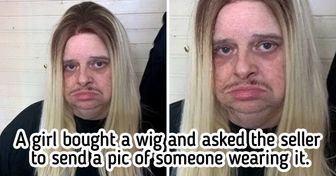
16 People Who Do Small but Very Important Things for Love

Bright Siders Shared 20 Eerie Things Children Said That Sent Chills Down Their Spine
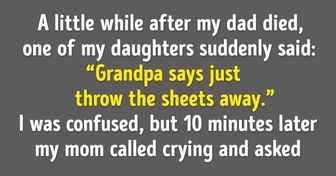
12 People Who Discovered a Brutal Truth That Shook Their World

20 Skillful Women Who Can Do True Wonders With Their Makeup Kit

14 Times Employees Handled Toxic Jobs Like Absolute Pros
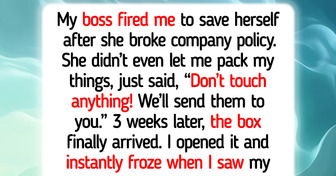
I Was Shamed for Being a Single Mom — but My Little Girl, 6, Had the Last Word

I Share My Husband With His Ex-Family—I’m Done

I Refused to Babysit My DIL’s Sick Son—I’m Not His Real Grandma

I Refuse to Sleep Under the Same Roof as My Stepson — My Daughter’s Safety Comes First
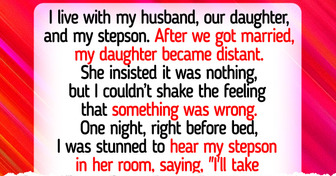
My MIL Insulted Me in Public—I Taught Her a Lesson
